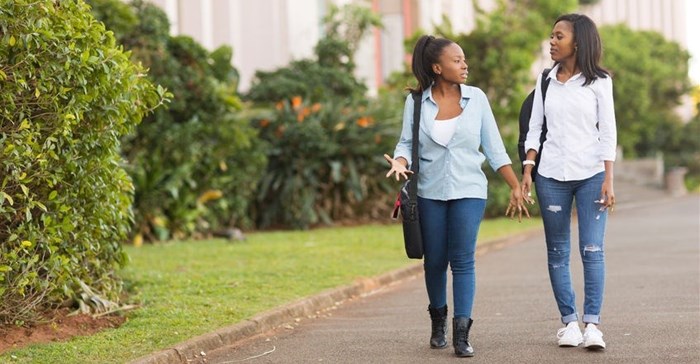
Top stories

Marketing & Media#BizTrends2026 | Rogerwilco's Charné Munien: Brands in the new age of answering machines
Charne Munien 16 hours





More news
















So says Berry Everitt, CEO of the Chas Everitt International property group, who notes: “A recent study of almost 90,000 homes in the US, for example, showed that walkability could increase value by as much as $3000. And in SA one only has to look at the effect that the Gautrain has had on property values in the areas closest to the stations - which have all also sprouted new shops, offices and recreational facilities in the past six years and are in high demand because they now offer residents a significant degree of walkability.
“In Rosebank, for instance, the average price of apartments has risen by at least 200% since the advent of the Gautrain in 2010, while prices in the surrounding suburbs have increased by between 15% and 50%.”
Meanwhile in Pretoria’s trendy suburb of Hatfield, he says, the price of flats close to the Gautrain terminus has risen by an average of 33% since 2010, compared to an average rise of around 12% in the neighbouring suburb of Arcadia.”
“And at the other end of the line in Johannesburg, flats close to the Gautrain terminus at Park Station and its surrounding office, retail, and recreational amenities in Braamfontein have achieved an average price growth of 59% since 2010, compared to prices in the neighbouring suburbs which have risen by an average of less than 30%.”
So the message is clear in SA as well as other parts of the world, Everitt says. “A large percentage of modern homebuyers want to leave the car in the garage most of the time – or even live without a car – and are prepared to pay a premium to do so.”
Writing in the latest Property Signposts newsletter, he says that the trend is of course being boosted by unstable fuel prices and an aversion to commuting by car as increasing urbanisation causes ever more traffic congestion, but that it is also being driven by demographics, with the two biggest groups of homebuyers (the baby-boomers and the millennials) both preferring a strong sense of community to the isolation of the traditional suburbs.
“This does not mean that everyone is moving to the inner cities. Any area that has walking-distance amenities is likely to attract more buyers now than those that do not – as evidenced by the popularity of those lifestyle estates and retirement villages where residents can walk to their own schools, shops, offices, restaurants, sports and health facilities inside the secure perimeter.
“It does mean, however, that home sellers whose properties do offer a high degree of walkability should be emphasising this fact. For example, in addition to taking about security and the good schools in their area, descriptions of their home should also include information about how easy and safe it is to walk to their local park, supermarket, coffee shop, gym, or pharmacy, and what public transport links are available.”